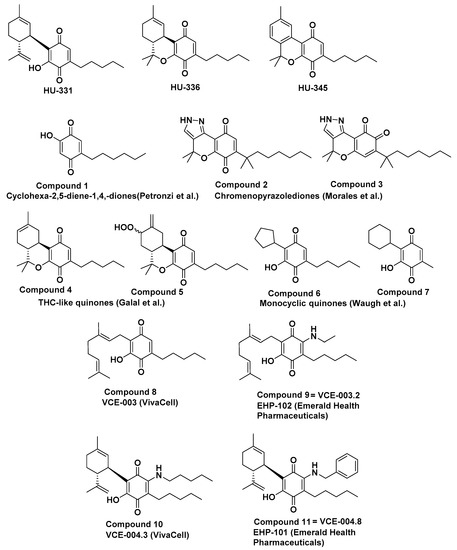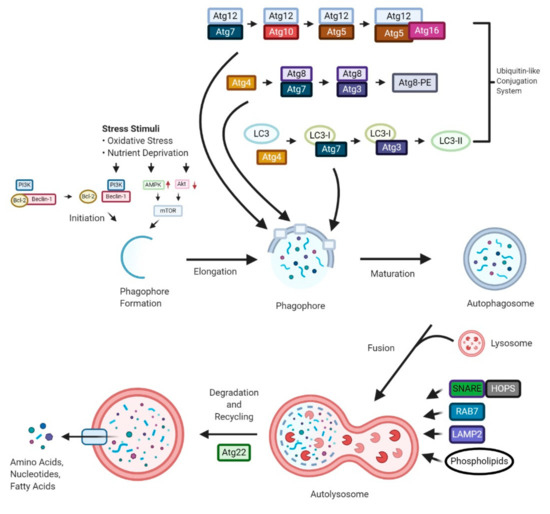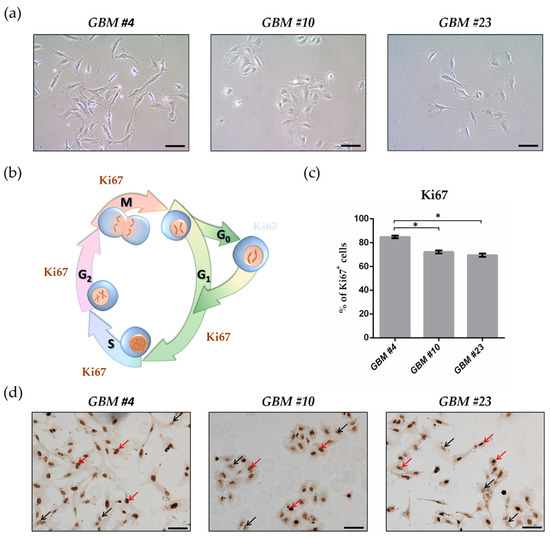 “In this review we discuss the emerging evidence for the effectiveness of cannabinoids in the treatment of cancer and inflammation. The remarkable effects complete the traditional evidence for their successful application in the treatment of pain and cancer-related side effects.
“In this review we discuss the emerging evidence for the effectiveness of cannabinoids in the treatment of cancer and inflammation. The remarkable effects complete the traditional evidence for their successful application in the treatment of pain and cancer-related side effects.
Results: Cannabinoids are described in three different forms, comprising endo- phyto- and synthetic compounds that exert biological effects. The molecular and cellular pathways of endogenous cannabinoids in the maintenance of homeostasis are well documented. In addition to classical cannabinoid receptors type 1 and 2, Vanilloid receptors and G protein-coupled receptor 55 were identified as common receptors. Subsequently, the effectiveness of phyto- and synthetic cannabinoids mediated by cannabinoid receptors has been demonstrated in the treatment of inflammatory diseases including neurodegenerative diseases as well as gastrointestinal and respiratory inflammations.
Another accepted property of cannabinoids is their anti-cancer effects. Cannabinoids were found to be effective in the treatment of lung, colorectal, prostate, breast, pancreas and hepatic cancers. The anticancer effects of cannabinoids were characterized by their anti-proliferative property, inhibition of cancer cells migration, suppression of vascularization and induction of apoptosis.
Conclusion: The current review provides and overview the role of endocannabinoid system in the mediation of physiological functions, the type and expression of cannabinoids receptors under physiological and pathological conditions. In additions, the molecular pathways involved in the effects of cannabinoids and the effectiveness of cannabinoids in the treatment of inflammations and cancers are highlighted.”

 “We previously reported that cannabidiol (CBD), a cannabinoid with a low toxicity profile, downregulated the expression of the prometastatic gene inhibitor of DNA binding 1 (
“We previously reported that cannabidiol (CBD), a cannabinoid with a low toxicity profile, downregulated the expression of the prometastatic gene inhibitor of DNA binding 1 ( “The activity of a new, terpene-based formulation, code-named NT-VRL-1, against Human Coronavirus (HCoV) strain 229E was evaluated in human lung fibroblasts (MRC-5 cells), with and without the addition of cannabidiol (CBD). The main constituents in the terpene formulation used for the experiment were beta caryophyllene, eucalyptol, and citral. The tested formulation exhibited an antiviral effect when it was pre-incubated with the host cells prior to virus infection. The combination of NT-VRL-1 with CBD potentiated the antiviral effect better than the positive controls pyrazofurin and glycyrrhizin. There was a strong correlation between the quantitative results from a cell-viability assay and the cytopathic effect seen under the microscope after 72 h. To the best of our knowledge, this is the first report of activity of a combination of terpenes and CBD against a coronavirus.”
“The activity of a new, terpene-based formulation, code-named NT-VRL-1, against Human Coronavirus (HCoV) strain 229E was evaluated in human lung fibroblasts (MRC-5 cells), with and without the addition of cannabidiol (CBD). The main constituents in the terpene formulation used for the experiment were beta caryophyllene, eucalyptol, and citral. The tested formulation exhibited an antiviral effect when it was pre-incubated with the host cells prior to virus infection. The combination of NT-VRL-1 with CBD potentiated the antiviral effect better than the positive controls pyrazofurin and glycyrrhizin. There was a strong correlation between the quantitative results from a cell-viability assay and the cytopathic effect seen under the microscope after 72 h. To the best of our knowledge, this is the first report of activity of a combination of terpenes and CBD against a coronavirus.” “A cannabinoid anticancer para-quinone, HU-331, which was synthesized by our group five decades ago, was shown to have very high efficacy against human cancer cell lines in-vitro and against in-vivo grafts of human tumors in nude mice. The main mechanism was topoisomerase IIα catalytic inhibition. Later, several groups synthesized related compounds. In the present presentation, we review the publications on compounds synthesized on the basis of HU-331, summarize their published activities and mechanisms of action and report the synthesis and action of novel quinones, thus expanding the structure-activity relationship in these series.”
“A cannabinoid anticancer para-quinone, HU-331, which was synthesized by our group five decades ago, was shown to have very high efficacy against human cancer cell lines in-vitro and against in-vivo grafts of human tumors in nude mice. The main mechanism was topoisomerase IIα catalytic inhibition. Later, several groups synthesized related compounds. In the present presentation, we review the publications on compounds synthesized on the basis of HU-331, summarize their published activities and mechanisms of action and report the synthesis and action of novel quinones, thus expanding the structure-activity relationship in these series.”

 “Cannabis sativa
“Cannabis sativa “Autophagy is a “self-degradation” process whereby malfunctioned cytoplasmic constituents and protein aggregates are engulfed by a vesicle called the autophagosome, and subsequently degraded by the lysosome. Autophagy plays a crucial role in sustaining protein homeostasis and can be an alternative source of energy under detrimental circumstances. Studies have demonstrated a paradoxical function for autophagy in cancer, displaying both tumour suppressive and tumour promotive roles. In early phases of tumour development autophagy promotes cancer cell death. In later phases, autophagy enables cancer cells to survive and withstand therapy.
“Autophagy is a “self-degradation” process whereby malfunctioned cytoplasmic constituents and protein aggregates are engulfed by a vesicle called the autophagosome, and subsequently degraded by the lysosome. Autophagy plays a crucial role in sustaining protein homeostasis and can be an alternative source of energy under detrimental circumstances. Studies have demonstrated a paradoxical function for autophagy in cancer, displaying both tumour suppressive and tumour promotive roles. In early phases of tumour development autophagy promotes cancer cell death. In later phases, autophagy enables cancer cells to survive and withstand therapy. 

